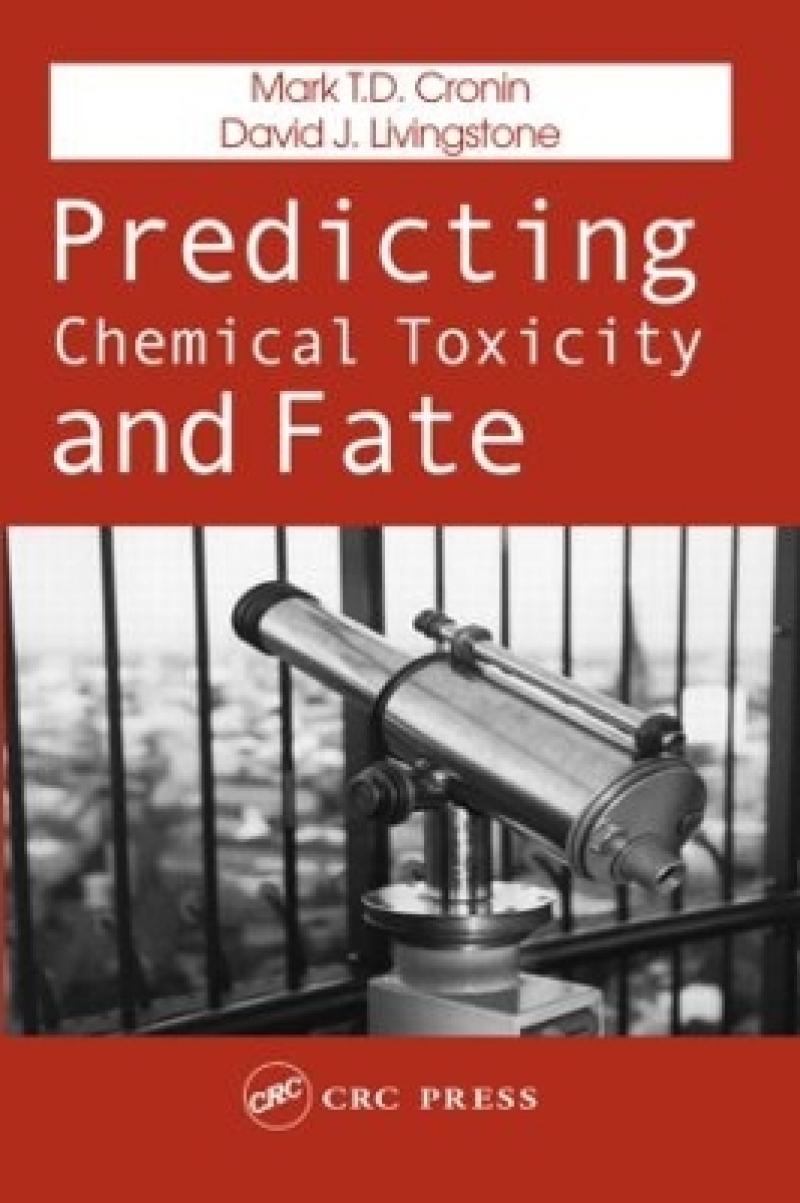"This book provides a comprehensive explanation of the state-of-the-art methods that are available to predict the effects of chemicals on humans and the environment. … The book fills an obvious need by providing a comprehensive explanation of these prediction methods. It is a practical book that illustrates the use of these techniques in real life scenarios. It will demystify QSARs for those students unsure of the them, and professionals in environmental toxicology and chemistry will find this a useful reference in their everyday working lives."
- International Pest Control, Vol. 47, No. 2, March/April 2005
"The authors and editors have done a fine job in presenting a well balanced view of the early development, current status and future uses of predictive models/(Q)SARs for use in both human health assessments and environmental assessments. … Anyone interested in predictive modelling of mammalian toxicity and environmental effects should consider this book … ."
- BTS Newsletter, Winter 2004, Issue 25
"This choice [of contributors] provides a refreshing outlook on certain topics… we learn what research has been done, what needs most to be done, and why successes have been limited. This is exactly the sort of state-of-the-art description an overview volume should provide."
- Journal of Medicinal Chemistry, Vol. 48, No. 13, 2005

